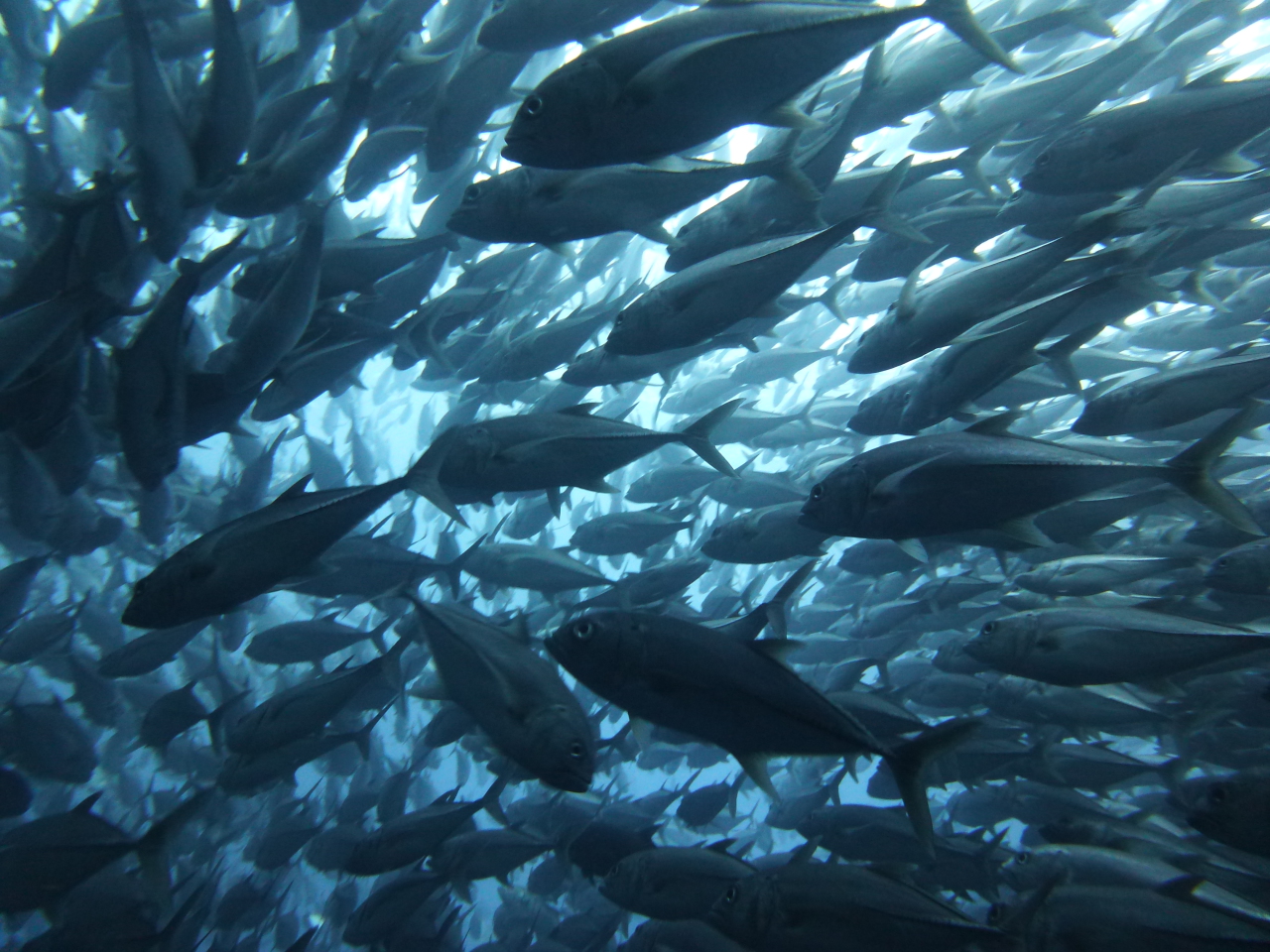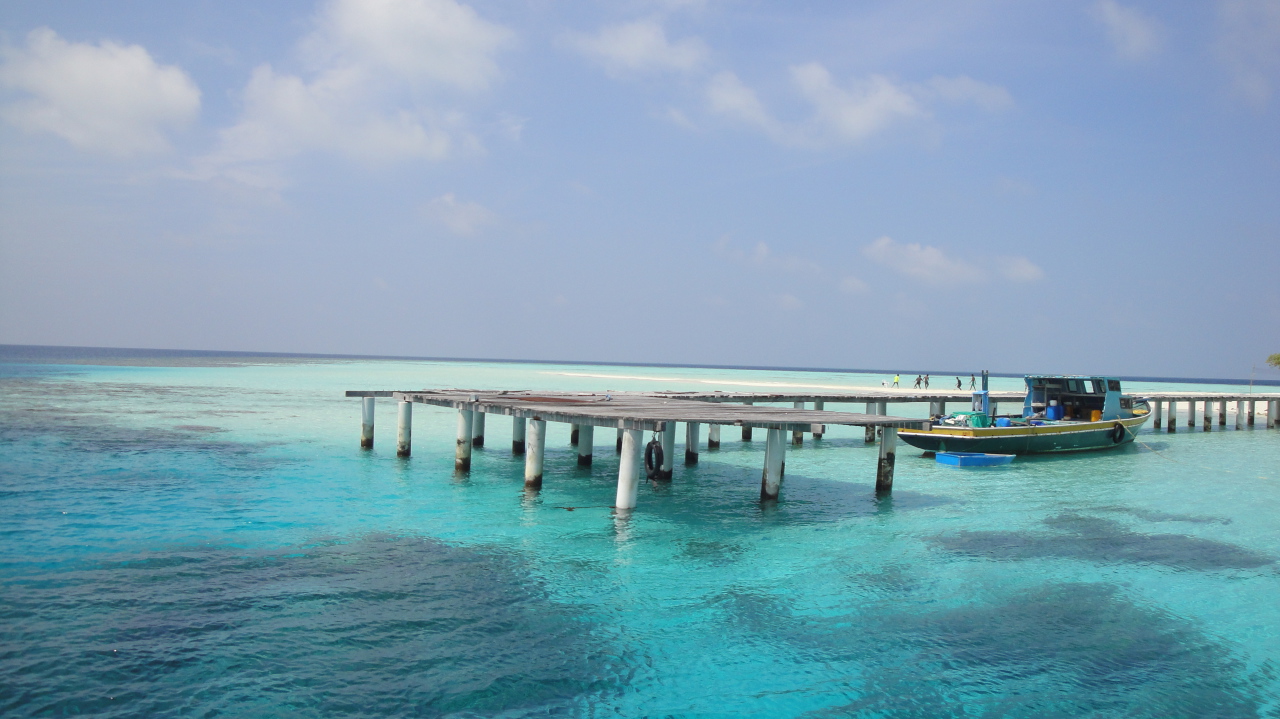Mike Walker
Contributor
It makes me a bit uncomfortable that posts are discussing 'acceptable losses'.
To be clear: acceptable losses are 0. From a human standpoint anyways.
My most recent trip was with Allstar/ScubaScene last December and while we were on one of the 'fill in' boats (still a fairly nice boat) I did have a chance to talk with them a bit about their new boat which should be active in the near future. One thing of note in the design is that they put the dining area downstairs and the cabins on the main and second decks. I'm sure there's some commercial reasons for this as well (nice views) but it is a small movement towards rethinking boat design in the area for better safety and egress opportunities. There are still crew quarters downstairs but presumably the crew would have strong self interest in maintaining their own safety systems and exit paths. Having spoke at some length with their GM about the new boat (and the 'incident' with their original boat) it was nice to see they were actively thinking about how to do things better - informed by direct experience.
Prior to that was Royal Evolution which has been playing the 'safety by design' card for years assuming everything we saw was in working order (I have no reason to believe it wasn't).
Before that was Aggressor I, not long before it burned. The weaknesses on that trip certainly informed my future choices.
These discussions always seem to loop back to 'what did the crew do' which shouldn't even be in the conversation in a correctly designed boat. Safe emergency egress is something that is sorted at the design stage, not when the emergency is happening. So long as there are practical ways to improve escapability that are not being implemented the boat designers (I struggle to use the term 'naval architect' as that would imply professionalism) are not doing their jobs. It seems that electrical and engine room fires are a fact of life on boats in this type of usage - design alerting, suppression and egress accordingly.
I'll repeat: acceptable losses are 0.
Last I was on Nautilus they were equipping their cabins withSCBA style escape kits escape hoods.
(Thanks redseadiver2 for the correction)
But, even if you are budget limited. I see fireproof ponchos on Amazon for a $100. Add to that a 3cuft SpareAir, bring your shoes to your cabin, and for <$500 you have drastically improved odds of successful escape. You only need to get 10m or so in most boats. Spread that cost over 30ish active weeks per year and you have a viable escape solution for $15/passenger even if you were to replace every year.
There are viable, affordable options.
If only boat operators and owners would 'do the right thing' and implement.
We, as customers, need to start demanding these completely reasonable minimum standards.
(I'm seeing 'brand name', refurbed SCBAs for under $1000)
To be clear: acceptable losses are 0. From a human standpoint anyways.
My most recent trip was with Allstar/ScubaScene last December and while we were on one of the 'fill in' boats (still a fairly nice boat) I did have a chance to talk with them a bit about their new boat which should be active in the near future. One thing of note in the design is that they put the dining area downstairs and the cabins on the main and second decks. I'm sure there's some commercial reasons for this as well (nice views) but it is a small movement towards rethinking boat design in the area for better safety and egress opportunities. There are still crew quarters downstairs but presumably the crew would have strong self interest in maintaining their own safety systems and exit paths. Having spoke at some length with their GM about the new boat (and the 'incident' with their original boat) it was nice to see they were actively thinking about how to do things better - informed by direct experience.
Prior to that was Royal Evolution which has been playing the 'safety by design' card for years assuming everything we saw was in working order (I have no reason to believe it wasn't).
Before that was Aggressor I, not long before it burned. The weaknesses on that trip certainly informed my future choices.
These discussions always seem to loop back to 'what did the crew do' which shouldn't even be in the conversation in a correctly designed boat. Safe emergency egress is something that is sorted at the design stage, not when the emergency is happening. So long as there are practical ways to improve escapability that are not being implemented the boat designers (I struggle to use the term 'naval architect' as that would imply professionalism) are not doing their jobs. It seems that electrical and engine room fires are a fact of life on boats in this type of usage - design alerting, suppression and egress accordingly.
I'll repeat: acceptable losses are 0.
It was the last day of diving. Some divers (3 out of 15), perhaps having early flight home on the next day, or had enough diving for the week, or whatever excuse they had, decided to sleep in. In the early part of the video, smokes already started to seep to the bow area, before fire began to flare over the stern dive deck area, it’s too late for crew to rescue those people in the bottom cabin. In the future, perhaps it’s good to have a full face mask with SCBA like fire fighters use to rescue people from burning building.
Last I was on Nautilus they were equipping their cabins with
(Thanks redseadiver2 for the correction)
But, even if you are budget limited. I see fireproof ponchos on Amazon for a $100. Add to that a 3cuft SpareAir, bring your shoes to your cabin, and for <$500 you have drastically improved odds of successful escape. You only need to get 10m or so in most boats. Spread that cost over 30ish active weeks per year and you have a viable escape solution for $15/passenger even if you were to replace every year.
There are viable, affordable options.
If only boat operators and owners would 'do the right thing' and implement.
We, as customers, need to start demanding these completely reasonable minimum standards.
(I'm seeing 'brand name', refurbed SCBAs for under $1000)





